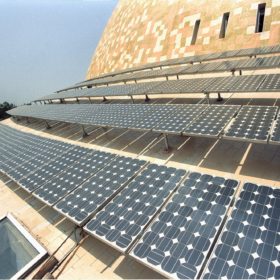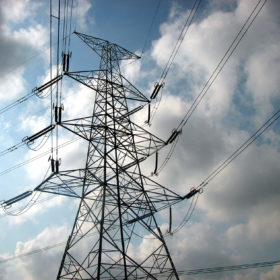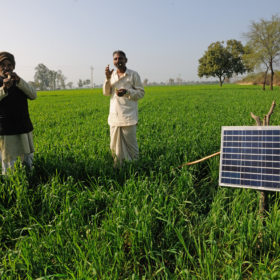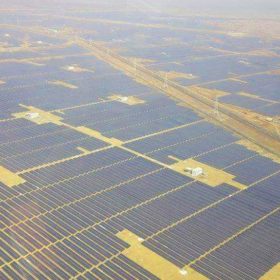China unveils an ambitious new push on grid parity solar
Beijing has outlined a series of policies mandating local and provincial authorities, state-owned banks and grid operators to pull out the stops to drive the rapid escalation of subsidy-free PV projects. The announcement has seen Chinese solar stocks on the rise.
Focus on scalability of energy storage – minister Suresh Prabhu
In his keynote address at a Make in India session at the Energy Storage India 2019 event in New Delhi, the minister for commerce and industry urged the storage sector to make products that are useful in an Indian context.
Renewable capacity in India set to jump by 50% in 2019
India is set to add renewable energy capacity of 15,860 MW in 2019, a leap of 50% on the 10,560 MW installed last year. Around 70% – 10,902 MW – of the new capacity will come from utility-scale solar projects, according to Bridge To India analysts.
NSEFI proposes renewable energy export body
The National Solar Energy Federation of India submitted the proposal to the Commerce Ministry in December and expects approval for a Renewable Energy Export Promotion Council in the next few months.
Macquarie, NTPC in race to buy IL&FS assets
India’s leading infrastructure finance company IL&FS expects up to Rs 80 billion from wind and solar asset sales.
Energy Storage: 2019 will be a year of opportunities
With the announcement of a National Energy Storage Mission expected this month, 2019 is set to be a year of manufacturing and research and development opportunities in India’s storage sector
Government moots list of approved PV models and manufacturers
Products and companies which fail to make the list will be excluded from a wide range of government-backed projects. The list is set to apply from the end of March 2020 but new tenders will incorporate listing requirements from now on.
India will tender 500 GW renewable capacity by 2028
Of the colossal sum, 350 GW would be for solar. India currently has installed renewable energy capacity of 75 GW with a further 46 GW under implementation.
India can lead the way in distributed solar – GOGLA interview
India contributed to one-third of the global sales of distributed solar products during January-June 2018. Indian manufacturers can further leverage the International Solar Alliance (ISA) platform to engage with the global market, says Viraj Gada, GOGLA’s India regional representative and spokesperson for The India Distributed Energy Forum and Expo (IDEF), in an interview with pv magazine ahead of the event on January 30 and 31 in New Delhi.
Andhra Pradesh targets 5 GW of solar under new policy
Under the new Solar Policy 2018 announced on Thursday, Andhra Pradesh has set a minimum target of 5 GW of newly installed PV power capacity over the next five years.














